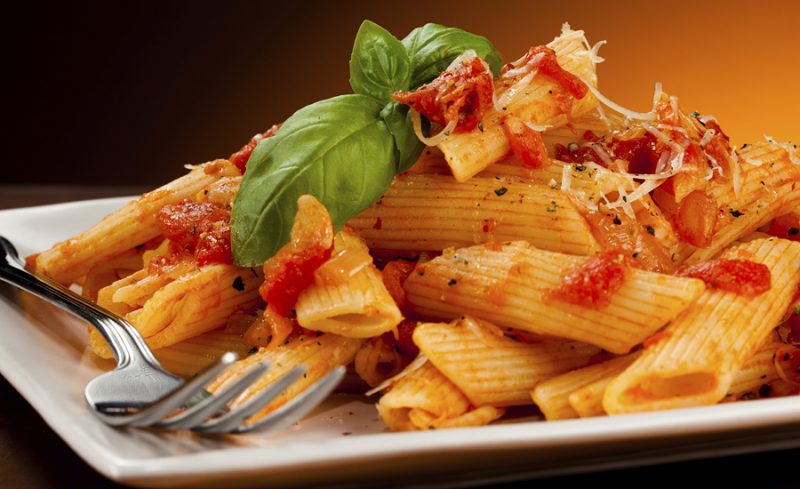Craving restaurant-quality, crispy pizza at home but don’t have a pizza peel? Don’t worry! This comprehensive guide reveals three simple yet effective methods to use a pizza stone without a peel, ensuring perfectly cooked pizza every time.
We’ll also delve into the science behind pizza stones, provide expert tips, troubleshoot common issues, and share maintenance tips. To top it off, you’ll find a classic Margherita pizza recipe and FAQs to elevate your homemade pizza game!
Image suggestion: Close-up of a golden, bubbling Margherita pizza on a pizza stone.
Why Use a Pizza Stone? The Science of Crispy Crust
Before exploring the methods, let’s understand why a pizza stone is a game-changer. Unlike metal baking sheets, which retain moisture and often lead to soggy crusts, pizza stones—usually made of cordierite or ceramic—offer unique benefits:
- Absorbs Excess Moisture: Porous material draws moisture from the dough, creating a crisp crust.
- Distributes Heat Evenly: Eliminates hot spots for consistent cooking.
- Mimics Professional Ovens: Retains heat exceptionally well, replicating the high-temperature environment of professional pizza ovens.
Pro Tip: A pizza stone works best when preheated for at least 30 minutes.
Image suggestion: Side-by-side comparison highlighting moisture absorption and heat distribution.
3 Methods to Use a Pizza Stone Without a Peel
Here are three foolproof methods for crafting crispy, restaurant-style pizzas without a peel. Let’s dive in!
1. The Reliable Parchment Paper Slide
This beginner-friendly method is ideal for wetter doughs and prevents sticking.
Steps:
- Preheat Like a Pro: Place your pizza stone in the oven and preheat to 450-500°F (232-260°C) for at least 30 minutes.
- Prep on Parchment: Roll out your pizza dough directly onto a piece of high-quality parchment paper.
- Top It Off: Add your favorite toppings while the dough is on the parchment.
- The Gentle Slide: Open the oven, pull out the rack, and slide the parchment paper with the pizza onto the stone.
- Bake and Remove: Once baked, use tongs to lift the pizza off the parchment and transfer it to a cooling rack.
Caution: Use parchment paper rated for high temperatures to avoid smoking or burning.
Image suggestion: Demonstration of sliding parchment paper with pizza onto the stone.
2. The Confident Flip-and-Place Technique
For those who prefer not to use parchment paper, this method is slightly more advanced.
Steps:
- Prepare Your “Makeshift Peel”: Dust a flat baking sheet or inverted rimmed baking pan generously with cornmeal or flour.
- Build Your Masterpiece: Assemble your pizza directly on the prepared surface.
- The Swift Transfer: Slide the pizza from the makeshift peel onto the preheated pizza stone in one confident motion.
- Bake and Remove: After baking, use oven mitts to retrieve the pizza, sliding it onto a cooling rack.
Pro Tip: Practice sliding with an empty baking sheet to build confidence.
Image suggestion: A well-dusted baking sheet transferring pizza to the stone.
3. The Clever Plate-and-Slide Technique
This method offers a middle-ground approach using a plate for assembly.
Steps:
- Assemble on a Plate: Build your pizza on a large, flat, rimless plate.
- (Optional) Preheat Parchment: Place parchment paper on the stone for smoother transfers.
- The Controlled Slide: Tilt the plate and gently slide the pizza onto the stone.
- Bake and Enjoy: Close the oven door and bake until the crust is golden.
Pro Tip: Ensure your plate is rimless to avoid obstruction during sliding.
Image suggestion: Tilting a pizza from a plate onto the stone.
Expert Tips for Pizza Stone Success
- Preheat Thoroughly: Ensure the stone is preheated for at least 30 minutes.
- Generous Flour/Cornmeal: Prevent sticking during transfers.
- Quick Transfers: Minimize heat loss by acting swiftly.
- Monitor with the Oven Light: Avoid opening the door frequently.
- Use Thinner Crusts: Easier to handle and crispier results.
Bonus Tip: Always let the pizza cool for 2-3 minutes on a rack before slicing to maintain texture.
Image suggestion: Illustrated infographic summarizing key tips.
Troubleshooting
| Problem | Solution |
|---|---|
| Pizza Sticking | Use more flour/cornmeal or ensure the baking surface is completely dry. |
| Parchment Smoking | Use high-temperature-rated parchment paper. |
| Dough Tearing | Roll out evenly and handle gently to avoid overstretching. |
Pizza Stone Care and Maintenance
- Cool Completely: Always let the stone cool before cleaning to prevent cracking.
- Clean Gently: Wash with warm water and a mild dish soap; avoid abrasive scrubbers.
- No Soaking: Never submerge the stone in water.
- Optional Seasoning: Lightly oil the stone after cleaning for long-term care.
Image suggestion: A spotless pizza stone with cleaning tools beside it.
Recipe: Classic Margherita Pizza
Ingredients:
- 1 ball of pizza dough (store-bought or homemade)
- 1 cup marinara sauce
- 1 cup fresh mozzarella cheese, sliced
- Fresh basil leaves
- Olive oil
- Salt and pepper to taste
Instructions:
- Preheat your pizza stone as instructed.
- Roll out the dough on a lightly floured surface.
- Spread marinara sauce evenly over the dough.
- Add mozzarella slices and bake using your preferred method for 8-10 minutes.
- Garnish with fresh basil, a drizzle of olive oil, and a sprinkle of salt and pepper.
Image suggestion: A vibrant Margherita pizza with fresh basil garnish.
FAQs
1. Can I use aluminum foil instead of parchment paper?
Yes, but parchment paper is preferred due to its non-stick properties and higher heat tolerance.
2. What if my pizza sticks to the stone?
Carefully use a metal spatula to loosen it and use more flour or cornmeal next time.
3. How do I store my pizza stone?
Store it in a dry, cool place, preferably in the oven to keep it safe.


